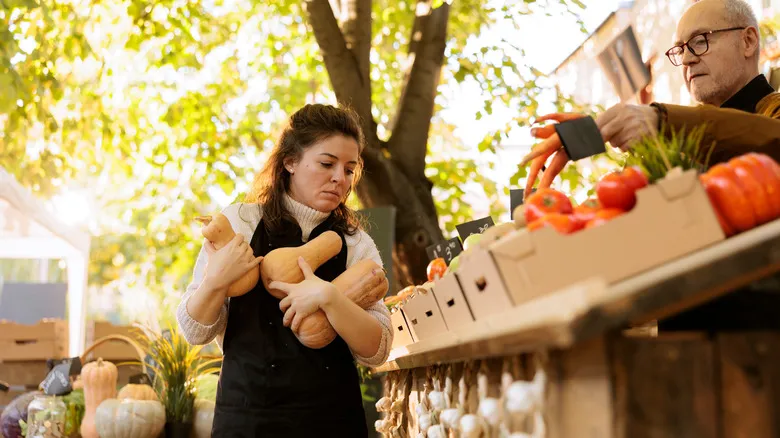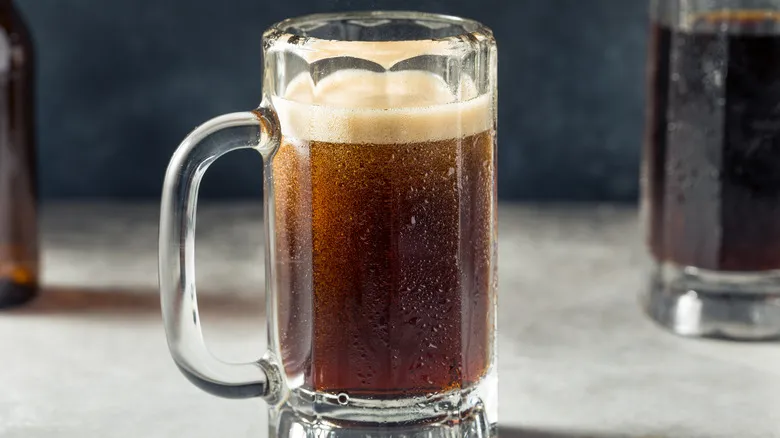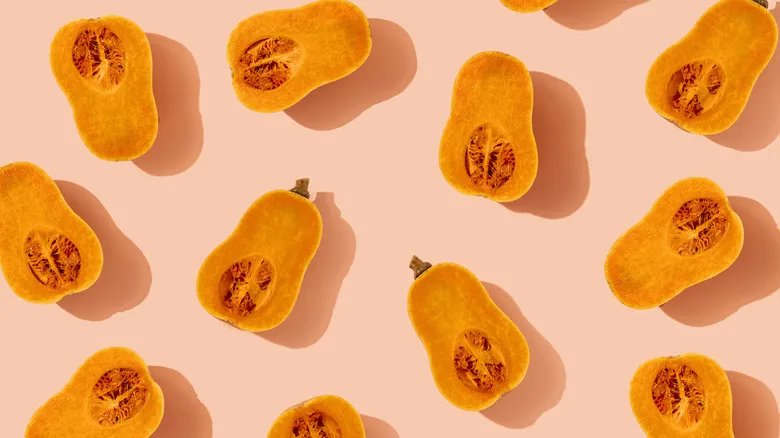How to pick a perfect butternut squash

Similar to many other winter squash varieties, butternut squash undergoes a color transformation as it matures. When selecting a butternut squash for your meal, begin by examining its skin. There should be no traces of green on the outside; a fully ripe squash will have a uniform beige color. Any green streaks indicate that it is not yet ripe. Additionally, the skin should be free of brown spots or imperfections.
As butternut squash matures, its stem also changes color, transitioning from a light green to a rich brown. If the stem has split, the squash is likely overripe, so look for one that still has its stem intact. The stem should feel thick, dense, and firm when touched.
While vibrant, shiny produce may seem appealing, a quality butternut squash will have a matte finish. A glossy appearance suggests it was harvested too early. A ripe squash will also have a tough skin. To check its ripeness, try pressing your thumbnail against the surface; it should resist puncturing. Lift a few squashes to gauge their weight; a squash that feels lighter than others is not ready, while a heavier one indicates ripeness and readiness for consumption.
Recommended

The Pricey Root Beer You Should Avoid Buying

Here's When You Should Absolutely Avoid The Grocery Store

Why You Should Budget For Impulse Buys At The Grocery Store

The Smart Way To Shop For Ginger For The Strongest Flavor
Next up

